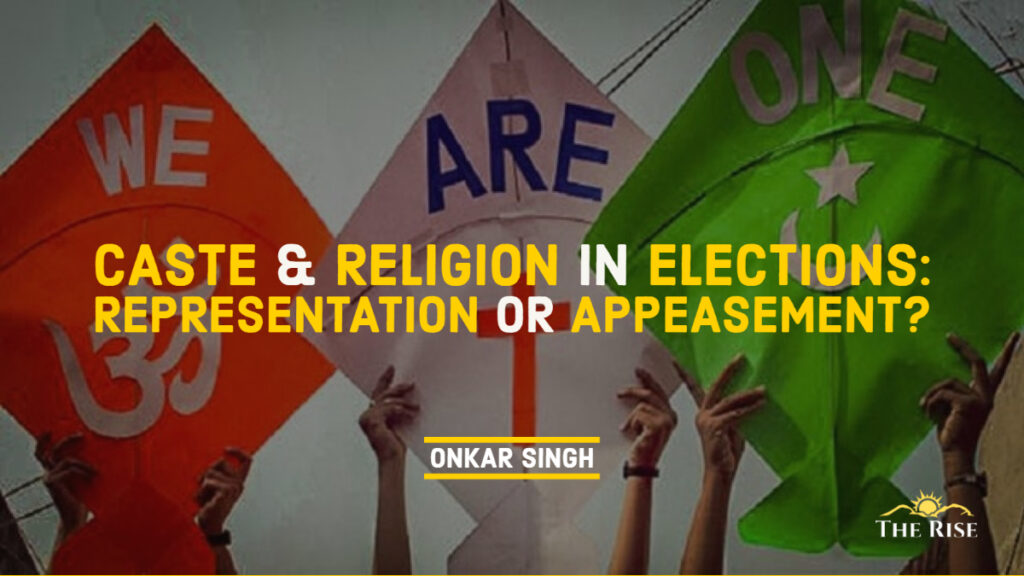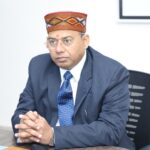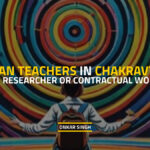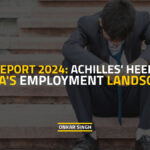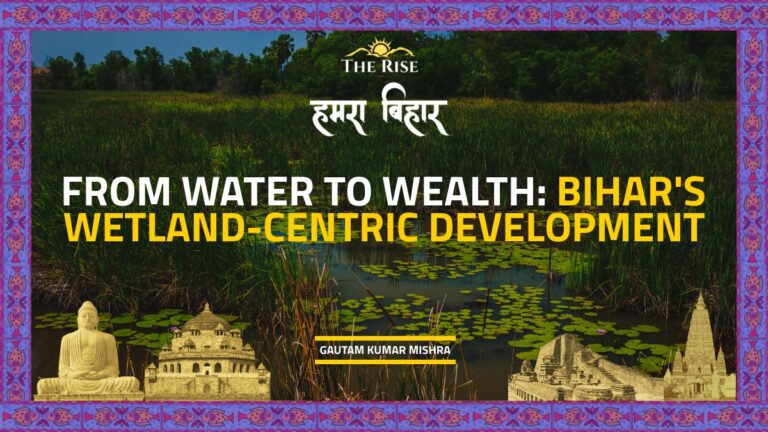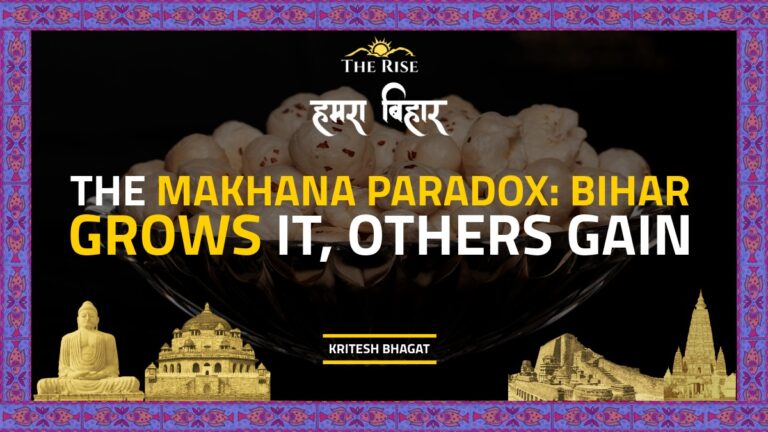Dependence on caste/religion to win elections is observed frequently in India. Few call it appeasement while few others call it representation. Is it not paradoxical? Classification of victorious public representatives by their caste/religion tacitly enhances their importance in the country’s democracy. Apparently, it messages about corroborating the wide representation of communities through the leaders belonging to them. But at the same time, it evinces the unfading pertinence of caste/religion in our society. It is inevitable to delve into the disquietude nucleating from the issues of publicizing representation and appeasement of communities based on caste/religion for strengthening coherence in the society.
A French philosopher Célestin Charles Alfred Bouglé described the Indian caste system to be comprising of six merchant castes, three castes of scribes, forty of peasants, twenty-four of journeymen, nine of shepherds and hunters, fourteen of fishermen and sailors, twelve of various kinds of artisans, carpenters, blacksmiths, goldsmiths and potters, thirteen of weavers, thirteen of distillers, and eleven house servants’ castes. Also, as per the 2011 census, India has communities from a variety of religions – comprising 79.8% Hinduism, 14.2% Islam, 2.3% Christianity, 1.7% Sikhism, 0.7% Buddhism, 0.5% Tribals ( Samaism, Bon, Animism, Kirat Mundhum, Donyi-Polo), 0.4% Jainism, 0.25% Irreligion, and 0.15% others (like Baha’i, Zoroastrianism, Judaism).
Undoubtedly, it is a matter of pride for having so much diversity in the country. Perhaps this led to the forty-second amendment of the Constitution of India enacted in 1976 that asserted India to be a secular nation in the Preamble to the Constitution and strengthened the attempts for the coexistence of all with equity.
Thus, caste and religion are the hard realities of Indian society. It manifests that the social fabric of the Indian democracy is greatly influenced by these representations. And why should it not be? The vividness of society with tolerance for multiple tenets, faiths, and practices is its key feature from time immemorial. Nevertheless, the instances of caste/religion-based biases exacerbating socioeconomic differences are not ruled out.
Recent media reports about the cabinet of 52 members sworn in UP on 25th March 2022 point to the community wise representation – being 21 from the upper castes, 20 OBCs (4 Kurmi, 3 Jats, 2 Nishads, 2 Lodhis, 1 Maurya, 1 Gaderia, 1 Saini, 1 Gurjar, 1 Teli, 1 Rajbhar, 1 Yadav, 1 Kumhar, 1 Kashyap) , 8 SCs, 1 ST, 1 Muslim, 1 Sikh. As regards the upper-caste representation is concerned, the lion’s share is held by 8 Brahmins followed by 6 Rajputs, 2 Bhumihars, 1 Kayastha. This is not the first time that the representation of different communities is being discussed around. Looking back shows that, a similar breakup was also reported in the recent expansion in the Union cabinet in July 2021 stating it to be a rainbow of 27 OBCs, 20 SC/STs, 11 Women, 14 Youth, and 5 Minorities.
Also Read: People Prefer Their Leaders to Look, Feel and Behave Like Them
Role of caste/religion remains conspicuous right from the identification of the candidates contesting from different constituencies to the final election result. There is a significant influence of the presence of the number of voters from various communities in a particular constituency regardless of idealistic pronouncements by political parties that these considerations do not matter.
The successful transition of governments as per the outcome of universal suffrage exhibits the strength of Indian democracy despite having a tumultuous electioneering process. Despite the diversity in principles and philosophies of political parties, the country is fortunate to have, by and large, peaceful elections. However, the role of caste/religion remains conspicuous right from the identification of the candidates contesting from different constituencies to the final election result. There is a significant influence of the presence of the number of voters from various communities in a particular constituency regardless of idealistic pronouncements by political parties that these considerations do not matter. As a sample, let’s refer to a media report published after the declaration of the results of the recently concluded elections of UP which earmarks the relevance of caste and religion in politics even in the 21st century.

Introspection of the canvassing shows ample shreds of evidence of obscure reliance on caste and religion despite the fact that Section 123(3) of the Representation of Peoples Act 1951 explicitly prohibits the appeal on the ground of religion, race, caste, community, or language. Grand talks by political leaders about appeasement of certain communities are not unheard of during electioneering. The pronouncement of appeasement of any community has a negative connotation attached to it and creates heart burning in others for being deprived of the community-centric decisions if any. Besides, the caste-focused political parties also call for a proportionate representation of persons from targeted communities that are underrepresented as per their population share.
Nonetheless, it is worth mentioning that Dr. B. R. Ambedkar called for the annihilation of the caste system in India. The continuance of such factors in democratic processes is worrisome, especially at the time when the demographic cohort of India is dominated by Millennials and Gen Z. Consequently, the concerns on the considerations of caste/religion in democratic processes are perceived as a threat to democracy by political thinkers and intellectuals. Classification of victorious public representatives by their caste/religion tacitly enhances their importance in the country’s democracy. Apparently, it messages about corroborating the wide representation of communities through the leaders belonging to them. But at the same time, it evinces the unfading pertinence of caste/religion in our society. This leads to the question of whether the caste/religious identification of individuals, put forward in the garb of legislative representation, a kind of communication about appeasement of respective communities that get represented.
Globalization, national/international mobility, technological advancements, promotion of scientific temper, faster modes of communication, and better analytical capabilities due to increasing education levels collectively appear to fail in shattering these barriers of caste/religion.
Altogether, the fast pervading globalization, national/international mobility, technological advancements, promotion of scientific temper, faster modes of communication, and better analytical capabilities due to increasing education levels collectively appear to fail in shattering these barriers of caste/religion. These discriminators of caste/religion impact society tangibly or intangibly in the form of being good for some and bad for others in subjective decision-making processes. It also seeds the perception of inadequate representation of some communities as per their population share and predominance of certain communities disproportionate to their population share in governance. Nevertheless, the Indian Constitution does guarantee equality of opportunity in all respects and there is no space for any discrimination and inequality before the law.
Also Read: Goggling UP Assembly Elections
Therefore, it is inevitable to delve into the disquietude nucleating from the issues of publicizing representation and appeasement of communities based on caste/religion for strengthening coherence in the society. Why should the political system of the country not brood upon to drop these birth-based identities for those swearing in the name of the Indian Constitution and treat everyone alike by stopping the discussion on the appeasement or representation of communities? It may sound utopian, but there is no harm in working towards actuating democratic processes that are devoid of caste/religion basis and sole exercise of the franchise is on the merit of election manifesto put forward by respective contestants and political parties, else the concerted efforts are required for ensuring the proportional representation of every community based on caste/religion as per its population share.
Disclaimer: The views expressed in this article are of the author solely. TheRise.co.in neither endorses nor is responsible for them.
About the author
Prof. Onkar Singh is the Vice Chancellor of Veer Madho Singh Bhandari Uttarakhand Technical University, Dehradun, He has been the Founder Vice-Chancellor of the Madan Mohan Malaviya University of Technology, Gorakhpur (U.P.). He is a Professor of Mechanical Engineering at Harcourt Butler Technical University, Kanpur (U.P.).

